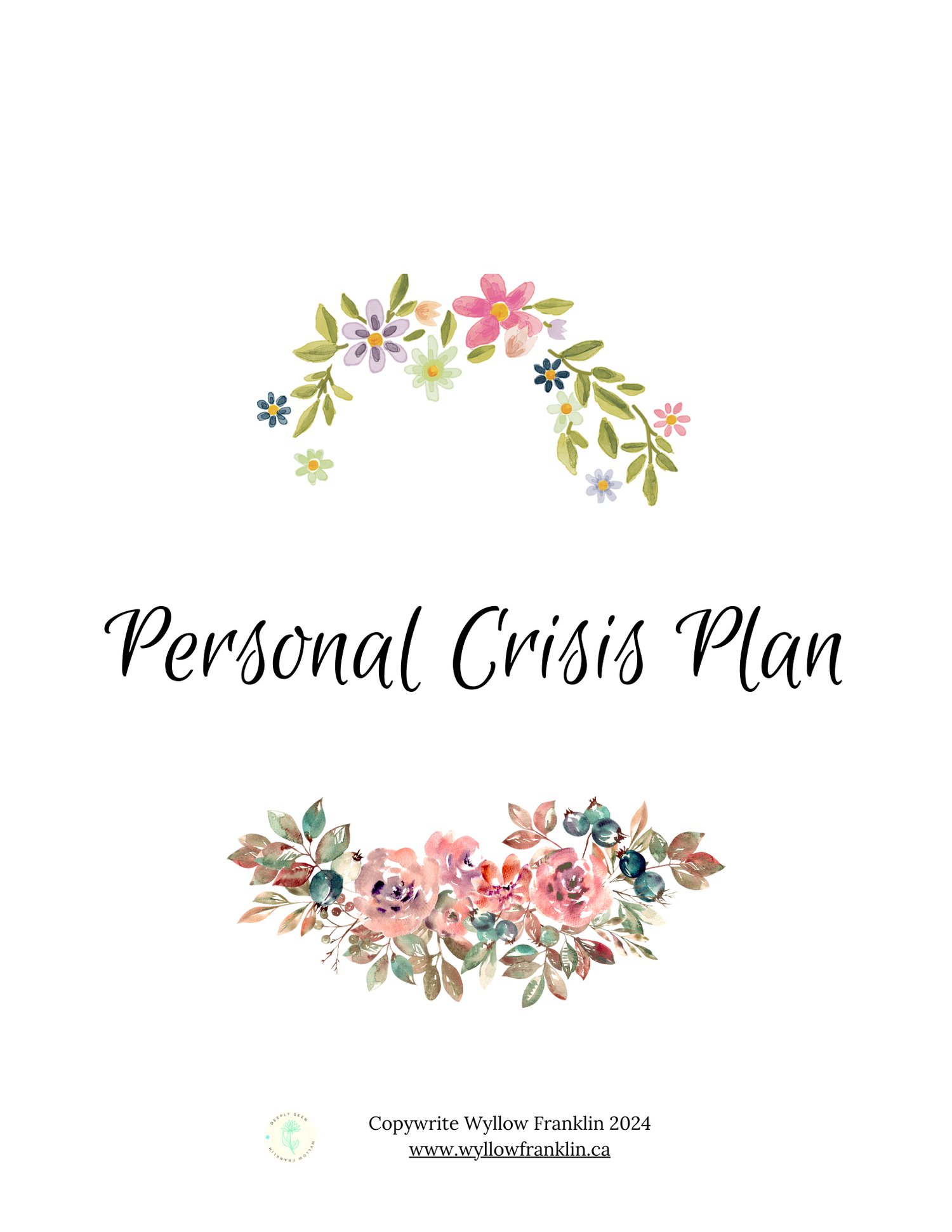
Personal Crisis Plan
Why Creating a Personal Crisis Plan is Essential
Life can be unpredictable, and personal crises can strike when we least expect them. Having a personal crisis plan is a proactive way to manage these difficult times, ensuring you have a roadmap to navigate through the storm. Here’s why creating such a plan is crucial for your mental and emotional well-being.
Understanding Your Triggers
The first step in managing a crisis is recognizing the triggers that lead to distress. By identifying these triggers, you can better prepare yourself to handle situations that might otherwise overwhelm you. This awareness is the foundation of your crisis plan, allowing you to anticipate and mitigate the impact of stressors.
Connecting with Safe People
In times of crisis, having a list of safe people to call can make a significant difference. These are individuals who understand and support you, offering a listening ear and practical help when needed. Equally important is knowing whom to avoid. Some people, despite their intentions, may exacerbate your distress. Clearly delineating safe and unsafe contacts in your plan can help you reach out to the right people when it matters most.
Engaging in Helpful Distractions
When facing a crisis, engaging in activities that distract and calm you can be incredibly beneficial. Your crisis plan should include a list of helpful distractions—hobbies, exercises, or simple tasks that can redirect your focus and help you regain a sense of control.
Maintaining a Safe Space
Your environment plays a significant role in your mental health. Your crisis plan should outline ways to keep your space safe and comforting. This might involve decluttering, having comforting items nearby, or creating a quiet, personal retreat where you can relax and decompress.
Practical Tools for Trigger Management
Different strategies work for different people when it comes to managing triggers. Your crisis plan should include a personalised list of things that help you when you’re triggered. This could be deep-breathing exercises, mindfulness practices, listening to soothing music, or other coping mechanisms that have proven effective for you.
Accessing Resources
Lastly, ensure your crisis plan includes a section on resources. This might be hotlines, websites, or local support groups that can provide assistance when you need it most. Having these resources at your fingertips ensures you can access help quickly and efficiently.
By creating a personal crisis plan, you equip yourself with the tools and strategies necessary to handle crises more effectively. It’s a step towards taking control of your mental health, ensuring you have a structured approach to navigate the toughest times.
For a detailed guide to creating your own personal crisis plan, including sections on noticing triggers, safe contacts, helpful distractions, and more, please refer to the linked PDF.
This Personal Crisis Plan is included in all memberships.

